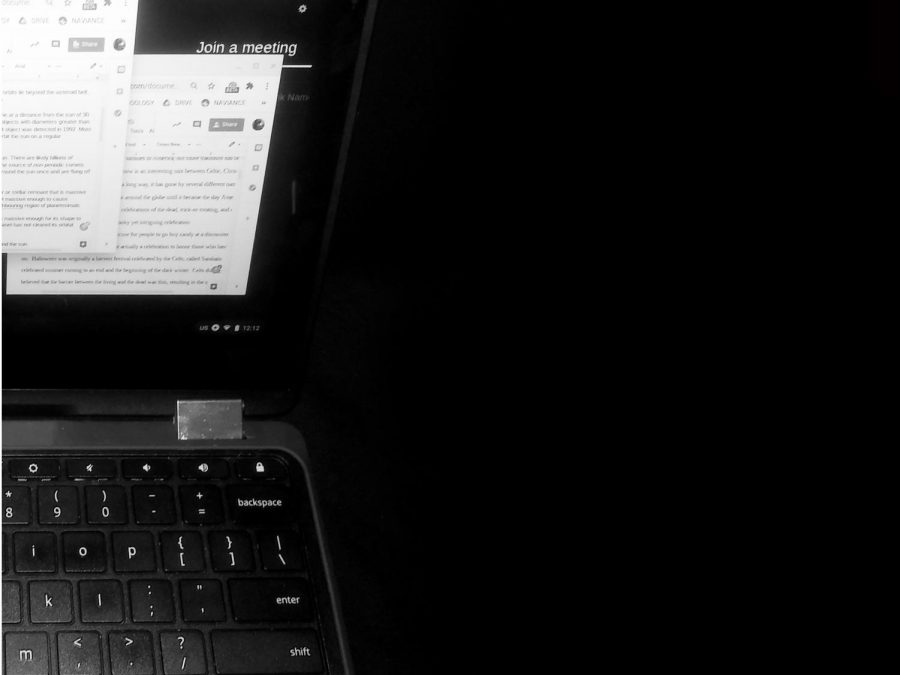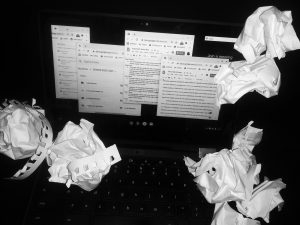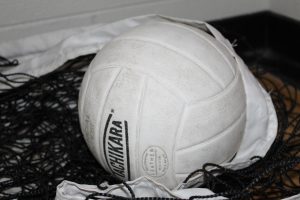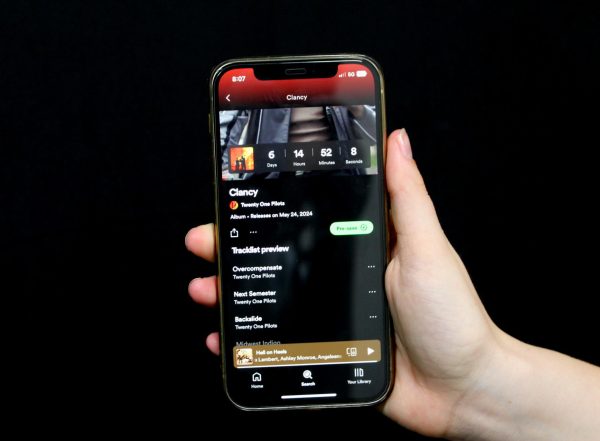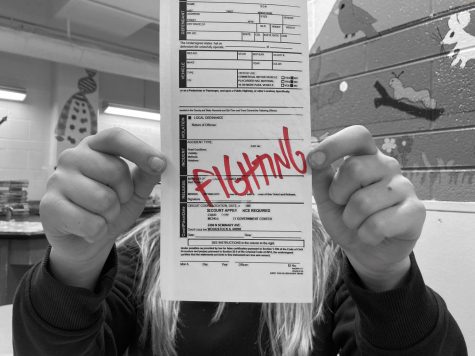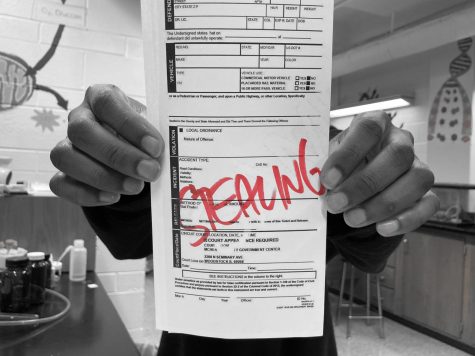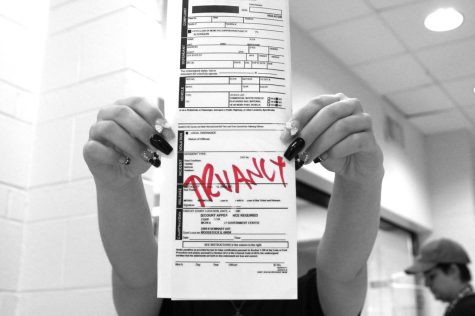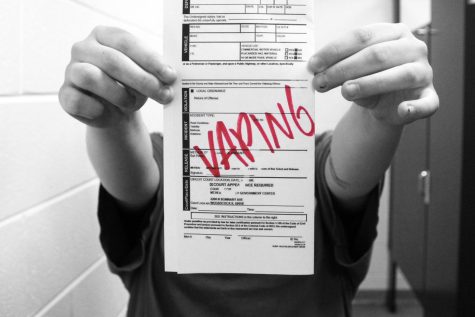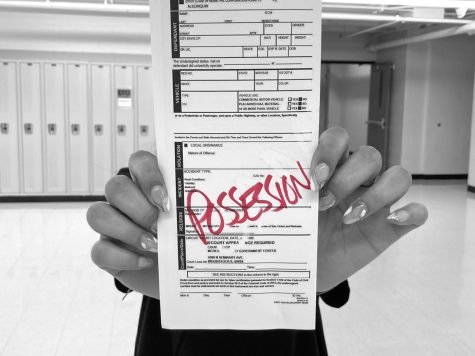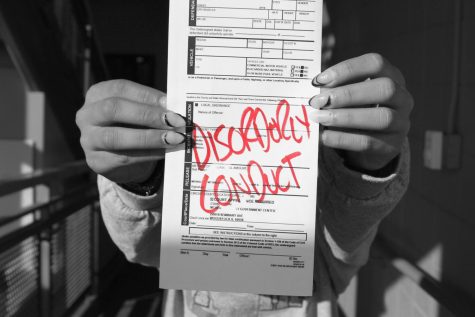Con: Remote learning doesn’t work for most students
During remote learning, students struggle more than during in-person learning, making it hard to maintain good grades and succeed academically
Neither students nor teachers were ready for an entirely remote school year, and everyone is still scrambling to make it work.
November 17, 2020
High school is a time of getting to be with your friends, experience different things, and do hands-on experiments and learn about things that will help you post secondary school. But what happens when all of that is stripped from you? Much like today, we don’t have a majority of what we need to be successful, and that is why remote learning doesn’t work.
Ever since May, remote learning has been a struggle for many, especially those who are procrastinators and can’t find the motivation to do work. Many of the issues occurring from remote learning is a lack of resources, heavy workloads, wifi issues, and no guaranteed form of communication.
Many people say that remote learning is easy for them. Some students with special education plans, for example, get extra support; other students who may be bullied at school feel safer learning from home. Still, for the majority it seems to be harder. According to Darienn Pitt, a staff columnist for The Crimson White, “All in all, online learning makes it harder for students to learn as their traditional educational environment is pretty much gone. The workload is completely up to them to complete, and they are expected to act as if they are still in their normal classroom.”
Pitt has done his research by interviewing classmates and fellow peers, and has found that the majority struggles with online learning. He adds, “And, some classes just cannot be taught online. Science classes are a great example, as it is often necessary to complete a lab to understand the material. This is not possible to do in most homes, and it makes science extremely difficult for students to comprehend through a screen.” Even at our school, sciences classes such as AP Environmental or other classes expect students to do their own labs at home, even when they don’t have the proper equipment to do it.
Another issue with remote learning is that the internet can be unreliable. Have you ever been in the middle of class taking notes for your test when all of a sudden your phone freezes? That moment is a panic moment because students can’t obtain some important information that they need to know. Some students have to learn alongside siblings and parents, so the volume and the internet bandwidth limitaions can be very rough.
Lastly, the amount of homework being given by teachers seems to be unresonable. During a Kahoot session in the Honors American Studies II English class with Joseph Dundovich, there were two questions that stuck out to me the most. The first question was along the lines of, “Do you think teachers give out too much homework?” and a majority of the students answered yes. The following question was along the lines of, “Do you feel that you’re turning things in on time?” and a majority of the students answered no. This goes to show that students have been struggling with workloads, and maybe it’s because they’re getting too much of it.
Remote learning most certainly isn’t for everyone, and it is a huge change. Learning in person is more healthier and educational for students.



